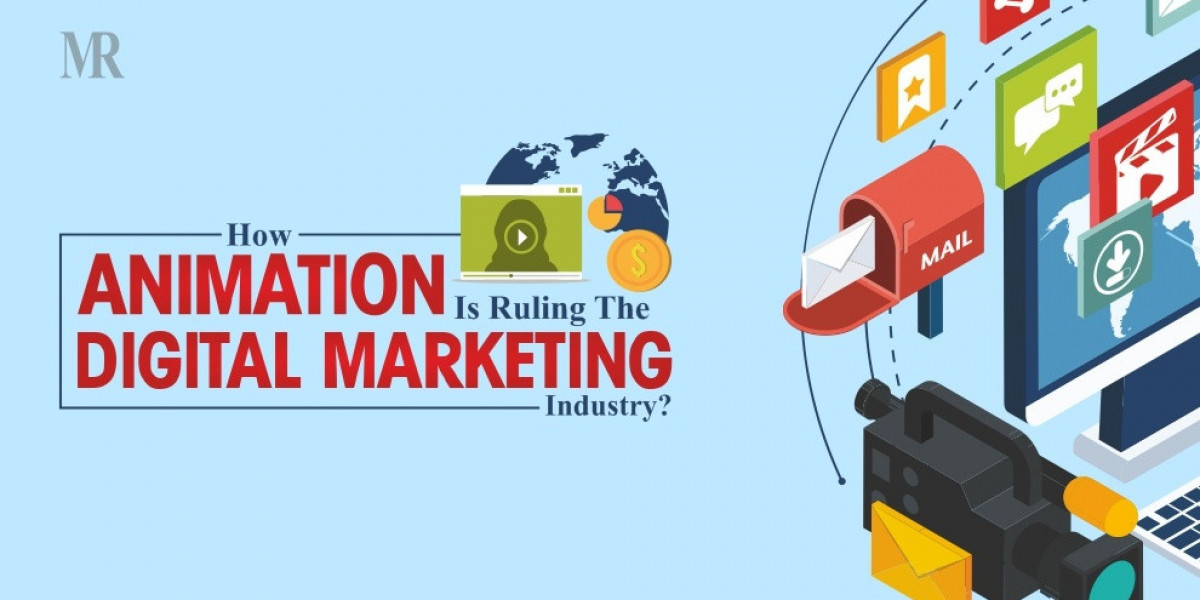Corrugated packaging is the backbone of e-commerce, retail, and industrial shipping. Known for its strength, versatility, and cost efficiency, corrugated stock protects products while reducing environmental impact. Understanding the different grades and flute styles helps brands choose the perfect balance of durability, weight, and cost.
1. Corrugated Stock Basics
Corrugated board is made by sandwiching a fluted (wavy) medium between one or two linerboards. The flutes create air pockets that provide cushioning and strength, while the liners add rigidity and a printable surface.
2. Main Types of Corrugated Stock
Single-Face
Structure: One linerboard glued to one fluted layer.
Uses: Protective wrapping, inner cushioning, or slip sheets.
Benefit: Lightweight and flexible while adding shock absorption.
Single-Wall (Double-Face)
Structure: Two linerboards with one fluted medium.
Uses: Standard shipping boxes, retail displays, subscription mailers.
Benefit: Ideal balance of strength and cost for everyday packaging.
Double-Wall
Structure: Three linerboards with two fluted mediums.
Uses: Heavy products, electronics, industrial goods.
Benefit: Extra compression strength for stacking and long transit.
Triple-Wall
Structure: Four linerboards with three fluted mediums.
Uses: Bulk containers, export packaging, large appliances.
Benefit: Nearly as strong as wooden crates but lighter and recyclable.
3. Common Flute Profiles
| Flute Type | Thickness | Key Advantage |
|---|---|---|
| A Flute | ~5 mm | Maximum cushioning and stacking strength |
| B Flute | ~3 mm | Excellent crush resistance, ideal for die-cut boxes |
| C Flute | ~4 mm | Versatile choice for shipping cartons |
| E Flute | ~1.5 mm | Thin, smooth surface for high-quality printing |
| F Flute | ~1 mm | Ultra-thin for luxury packaging and retail boxes |
Tip: Some boards combine flutes (e.g., BC or EB) for custom performance.
4. Key Benefits of Corrugated Packaging
Strength & Protection
High edge-crush resistance protects fragile items during shipping.
Air-filled flutes absorb shocks and impacts.
Lightweight & Cost-Efficient
Lower shipping costs compared to wooden crates or rigid plastics.
Can be right-sized to reduce void fill and freight charges.
Eco-Friendly
Typically made from 70–100% recycled fiber and fully recyclable.
Supports circular economy initiatives.
Print & Branding Options
Accepts high-resolution flexographic or digital printing.
Can include coatings, spot UV, or embossing for retail appeal.
5. Choosing the Right Stock for Your Packaging
Product Weight & Fragility: Heavy items may require double- or triple-wall.
Shipping Distance: Longer routes demand stronger flute combinations.
Brand Presentation: E or F flutes provide smoother surfaces for luxury graphics.
Budget & Sustainability Goals: Balance cost with recycled-content requirements.
Conclusion
Whether you’re shipping fragile glassware or stacking heavy industrial equipment, understanding types of corrugated stock and their benefits helps you select custom designed boxes that protects your product, supports your brand, and meets environmental standards—all without overspending.



